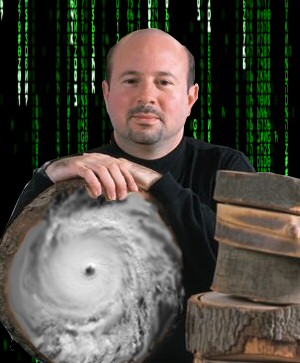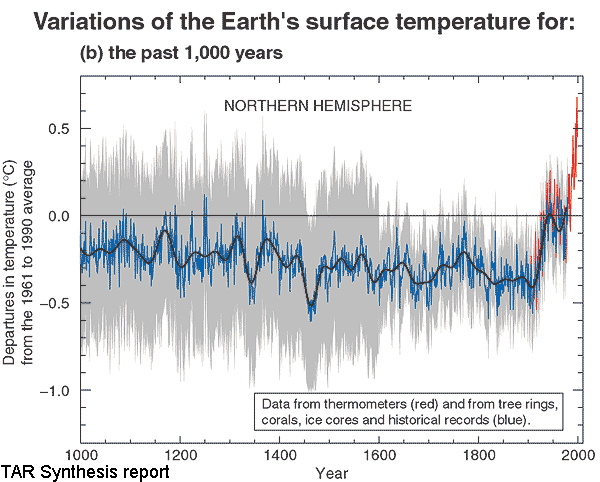Just when you think it couldn't get any more bizarre in Mann-world, out comes a new paper in Nature hawking hurricane frequency by proxy analysis. I guess Dr. Mann missed seeing the work of National Hurricane Center's lead scientist, Chris Landsea which we highlighted a couple of days ago on WUWT: NOAA: More tropical storms counted due to better observational tools, wider reporting. Greenhouse warming not involved.
Mann is using "overwash" silt and sand as his new proxy. Chris Landsea disagrees in the Houston Chronicle interview saying: "The paper comes to very erroneous conclusions because of using improper data and illogical techniques,"
From the BBC and the Houston Chronicle, some excerpts are below.
From the BBC, full story here.
Study leader Michael Mann from Penn State University believes that while not providing a definitive answer, this work does add a useful piece to the puzzle.From the Houston Chronicle, full story here.The levels we're seeing at the moment are within the bounds of uncertainty."It's been hotly debated, and various teams using different computer models have come up with different answers," he told BBC News.
Julian Heming, UK Met Office
"I would argue that this study presents some useful palaeoclimatic data points."
...
One tack is based on the observation that the powerful storm surge of large hurricanes deposits distinct layers of sediment in coastal lakes and marshes. By taking cores of sediments at the bottom of these lakes, which span centuries, scientists believe they can tell when large hurricanes made landfall at a particular location.
The second method used a computer model to simulate storm counts based upon historical Atlantic sea surface temperatures, El Niños and other climate factors.
...
The two independent estimates of historical storm activity were consistent, said Pennsylvania State University climate scientist Michael Mann, the paper's lead author. Both, for example, pinpointed a period of high activity between 900 and 1100.
"This tells us these reconstructions are very likely meaningful," he [Mann] said.
UPDATE:
What is funny is that with that quote above, Mann is referring to the Medieval Warm Period, something he tried to smooth out in his tree ring study and previous hockey stick graph.
Now he uses the Medieval Warm Period to his advantage to bolster his current proxy.
Steve McIntyre of Climate Audit writes about "check kiting" related to this study:
The Supplementary Information sheds no light on the methodology or the proxies.
The Supplementary Information contained no data sets.
The proxies used for the Mann et al submission are not even listed.
The edifice is built on the SST and Nino3 reconstructions, both of which are references to the enigmatic reference 17, which turns out to be an unpublished submission of Mann et al.17. Mann, M. E. et al. Global signatures of the Little Ice Age and the medieval climate anomaly and plausible dynamical origins. Science (submitted).At the time that Nature published this article, there was precisely NO information available on what proxies were used in the reconstruction of Atlantic SST or El Nino or how these reconstructions were done. Did any of the Nature reviewers ask to see the other Mann submission? I doubt it. I wonder if it uses Graybill bristlecone pines.





Reader Comments
to our Newsletter